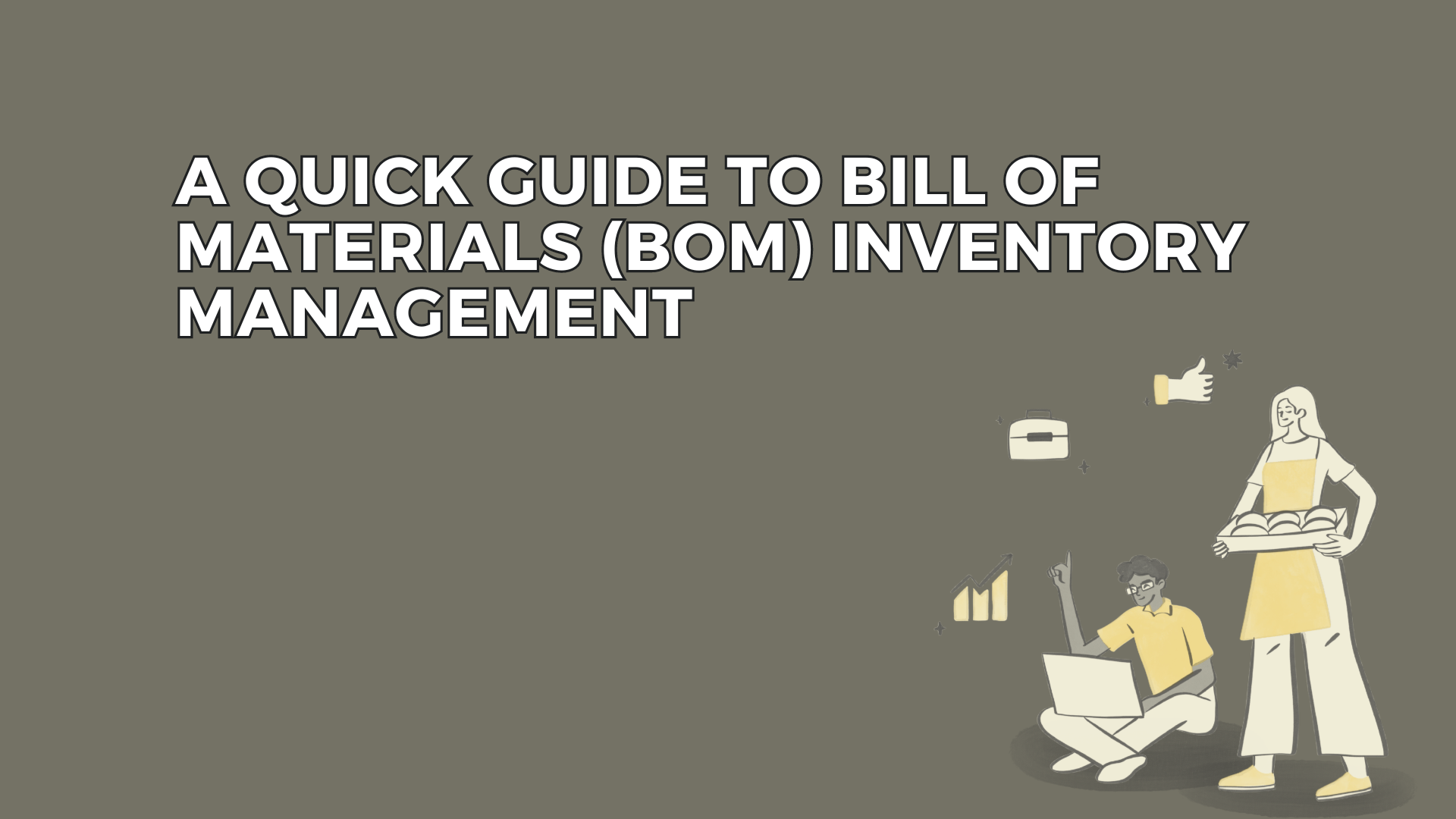One crucial aspect of maintaining efficiency in manufacturing processes is managing the Bill of Materials (BOM) effectively. Whether you’re a seasoned professional or just dipping your toes into the manufacturing industry, understanding BOM inventory management can significantly impact your bottom line. Let’s delve into the essentials of BOM inventory management and explore how it can streamline your operations.
What is a Bill of Materials (BOM)? Before diving into the intricacies of BOM inventory management, let’s establish what a BOM actually is. A Bill of Materials is a comprehensive list of all the materials, components, and assemblies required to manufacture a product. Essentially, it serves as a roadmap for the production process, detailing the quantity and specifications of each item needed.
The Importance of BOM Inventory Management: Effective BOM inventory management is crucial for several reasons:
- Cost Control: By accurately tracking the materials and components listed in the BOM, manufacturers can control costs by minimizing waste and avoiding overstocking.
- Production Efficiency: Having the right materials available at the right time is essential for maintaining smooth production flow. Proper BOM inventory management ensures that all necessary components are on hand, reducing production delays and downtime.
- Quality Assurance: BOM management helps ensure that the correct materials are used in the manufacturing process, thereby maintaining product quality and consistency.
Key Strategies for BOM Inventory Management:
- Accurate Documentation: Start by creating detailed and accurate BOMs that clearly outline the required materials, quantities, and specifications for each component. Regularly review and update BOMs to reflect any changes in product design or materials.
- Inventory Tracking Systems: Implement inventory tracking systems to monitor the movement of materials and components in real-time. Utilize barcode scanners, RFID tags, or other automated technologies to streamline the tracking process and minimize human error.
- Demand Forecasting: Use historical data and market trends to forecast demand for materials and components. This allows manufacturers to procure the necessary materials in advance, reducing the risk of stockouts and production delays.
- Supplier Relationship Management: Cultivate strong relationships with suppliers to ensure timely delivery of materials and negotiate favorable pricing terms. Having reliable suppliers is essential for maintaining a smooth supply chain and minimizing disruptions.
- Just-in-Time (JIT) Inventory: Implement JIT inventory practices to minimize inventory holding costs and reduce waste. With JIT, materials are ordered and received just in time for production, eliminating the need for excessive stockpiling.
- Regular Audits and Reviews: Conduct regular audits of your inventory to identify any discrepancies or inefficiencies. Review BOMs and inventory levels periodically to ensure alignment with production needs and market demand.
Conclusion: Effective BOM inventory management is essential for optimizing manufacturing operations and maintaining competitiveness in today’s fast-paced market. By implementing accurate documentation, advanced tracking systems, demand forecasting techniques, and strong supplier relationships, manufacturers can streamline their operations, reduce costs, and enhance overall efficiency. Embrace the power of BOM inventory management, and watch your manufacturing processes flourish.









